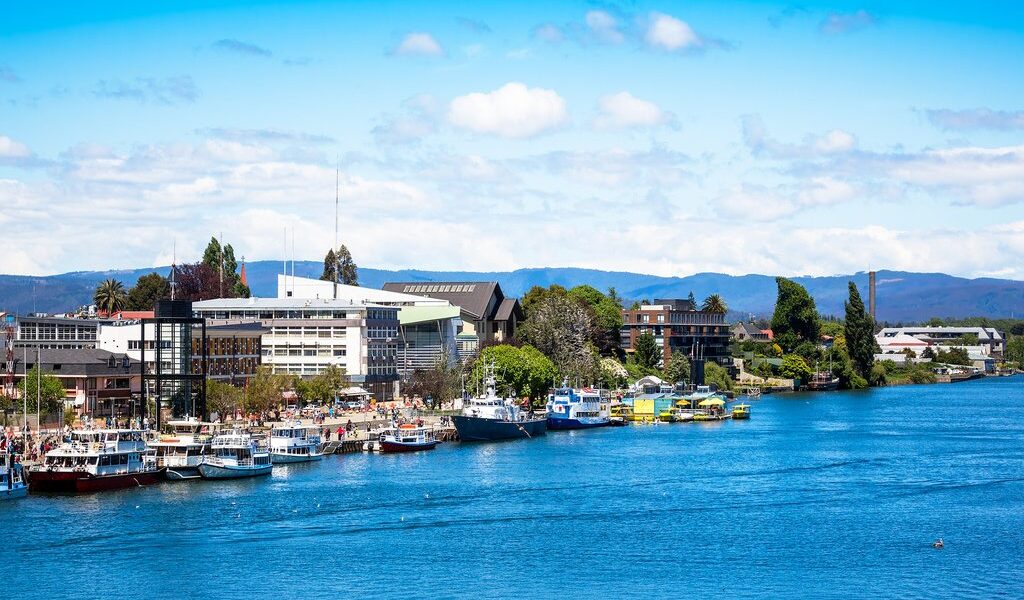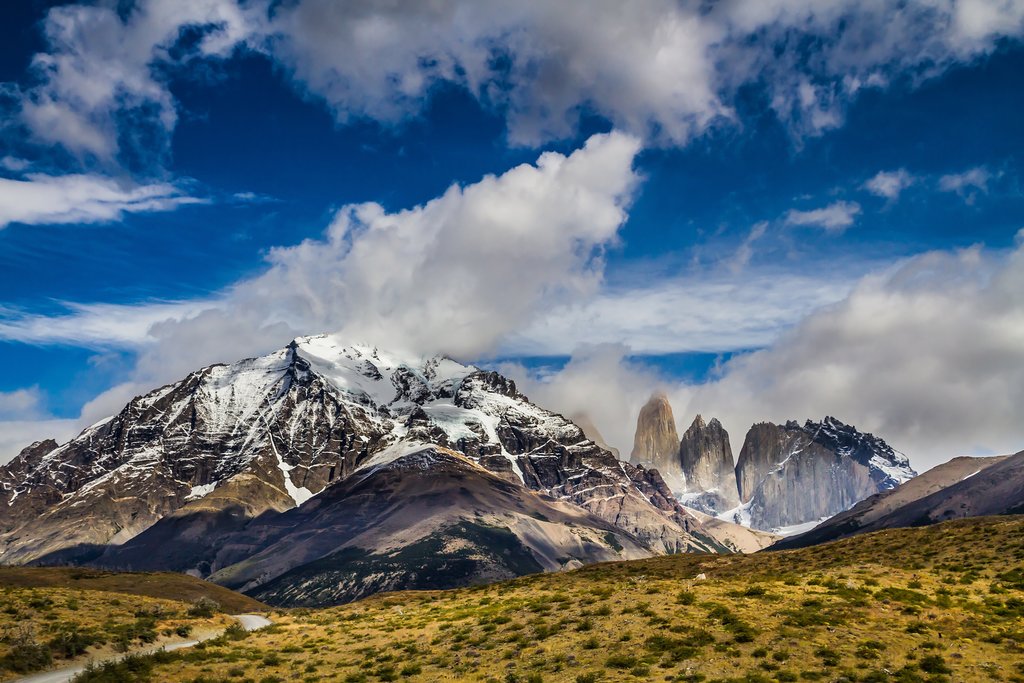
Stretching for more than 2600 miles along the western side of South America, Chile is a narrow country of dramatic extremes. You’ll find bone dry deserts in the north, glacial fields in the south, and lush valleys, smoldering volcanoes and enchanting beaches in between. With its diversity of geography and climates, Chile offers year-round appeal, from skiing in winter to trekking and beach-hopping in summer.
Fast Facts About Chile
- Summer (Dec-Feb): This is the prime time for experiencing beach weather, diving into a plethora of outdoor activities, and immersing yourself in the vibrant atmosphere of numerous festivals. Chile truly comes alive during these months.
- Fall (March-May): Witness the breathtaking spectacle of brilliant foliage transforming the landscapes of northern Patagonia. During this time, experience the grape harvest in full swing, a truly authentic Chilean tradition.
- Winter (June-Aug): Embrace the thrill of excellent skiing and other snow sports. It is important to note that some tourist spots may close during this season.
- Spring (Sept-Oct): Experience the beauty of blooming flowers, revel in lively festivals, enjoy mild temperatures, and benefit from the presence of fewer crowds. Spring is a delightful time to explore Chile.
Planning Your Trip to Chile: A Guide to the Best Time to Visit
The most sought-after time to embark on a journey to Chile is undoubtedly from December to February. During these months, the extended summer days grace the land with the most favorable climate conditions, creating the perfect backdrop for adventures of all magnitudes. Whether you’re passionate about hiking through majestic trails, navigating thrilling rapids while rafting, exploring the countryside on horseback, or simply unwinding on the pristine beaches, summer in Chile offers something for everyone. As expected, this peak season also brings the highest prices, making advance bookings absolutely essential to secure your desired accommodations and experiences.
For travelers seeking a balance between pleasant weather, affordability, and fewer crowds, considering a trip during the shoulder season (the periods before and after the summer months) can be an excellent choice. This strategic timing not only offers better prices on flights and accommodations but also allows you to explore Chile’s wonders with a more intimate and less congested atmosphere. Moreover, the shoulder season presents unique opportunities to witness nature’s splendor, such as the vibrant display of wildflowers bursting into bloom and the captivating transformation of fall leaves painting the landscapes in warm hues. Additionally, you can immerse yourself in the lively harvest festivals that celebrate the abundance of Chile’s renowned wine country.
Winter in Chile typically sees a relatively smaller influx of foreign visitors. However, don’t be mistaken; the winter resorts come alive with the enthusiastic presence of Chilean snow-sport enthusiasts. The powdery slopes offer exceptional skiing and snowboarding opportunities, catering to both beginners and seasoned professionals. While prices may be on the higher side during this period, the exhilarating experiences on the slopes make it worthwhile. Alternatively, winter can be a surprisingly advantageous time to venture into the northern regions of Chile. With excellent deals on accommodations and attractions, coupled with the absence of large crowds, you can explore the unique landscapes and cultural gems of the north at your own pace.
Chat with a local specialist who can help organize your trip.
Summer in Chile (December to February): A Season of Endless Possibilities
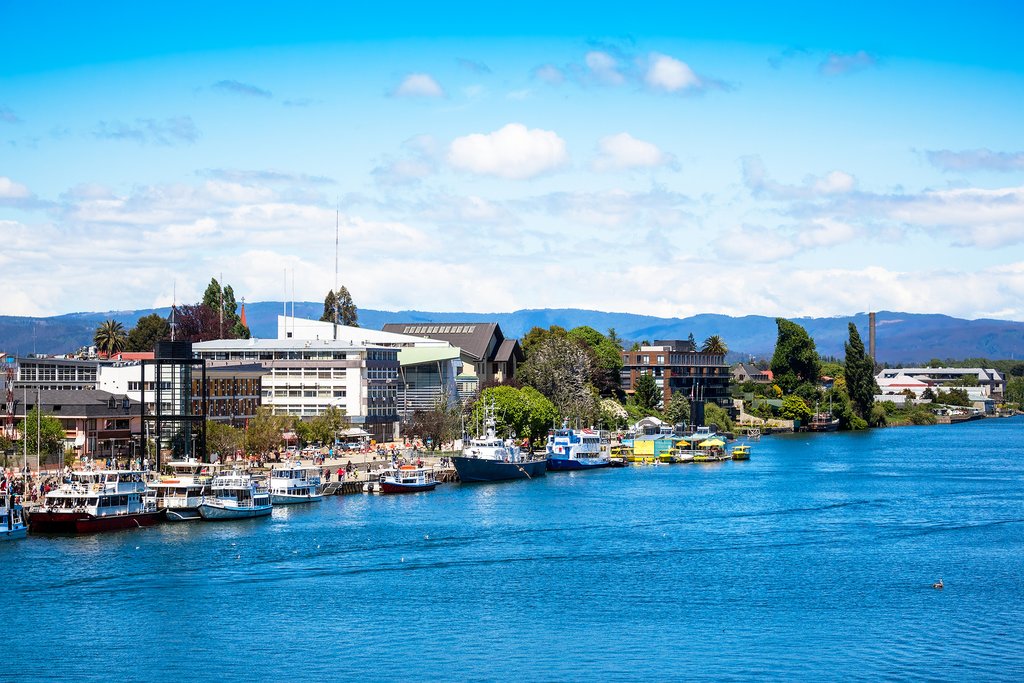
During the highly anticipated high season in Chile, an abundance of adventures awaits, perfectly complemented by the long, sun-drenched summer days. The average daily high temperatures typically hover around a comfortable 80°F/27°C, creating an ideal environment for exploration and outdoor pursuits. Along the picturesque coastlines, you’ll be greeted by mild temperatures and refreshing breezes, offering respite from the summer heat. However, as you venture inland, the heat can intensify, particularly in the arid desert landscapes of the north. It’s important to be prepared for these varying conditions to fully enjoy your summer adventures.
Even during the summer months, nights in Chile can bring a touch of chill, especially in the elevated regions of the Andes mountains and the expansive Atacama desert. Temperatures can dip to lows of around 54°F/12°C, so it’s wise to pack a sweater and a light jacket to ensure your comfort during the evenings. As you journey further south, the weather tends to become progressively colder and rainier. For example, in Valdivia, the high temperatures in January and February generally reach around 72°F/22°C, while in Punta Arenas, the high hovers around 57°F/14°C. These contrasting weather patterns highlight the diverse climates within Chile, allowing you to tailor your packing list accordingly.
If you’re considering adding a captivating excursion to Easter Island to your Chilean itinerary, summer is undoubtedly the most vibrant and lively time to visit. The island pulsates with energy, especially if you plan your trip to coincide with the renowned two-week-long cultural festival of Tapati Rapa Nui in February. This spectacular celebration showcases the rich heritage and traditions of the island, offering an unforgettable experience. In addition to Tapati Rapa Nui, other noteworthy summer events in Chile include Santiago a Mil, the largest and most prestigious theater festival in Latin America, which draws performers and audiences from across the continent. Furthermore, New Year’s Eve in Chile is a momentous occasion, and one of the most recommended places to celebrate is in the charming coastal city of Valparaiso. Here, you can witness a dazzling display of midnight fireworks illuminating the bay, creating a magical start to the new year.
Fall in Chile (March to May): A Tapestry of Colors and Flavors
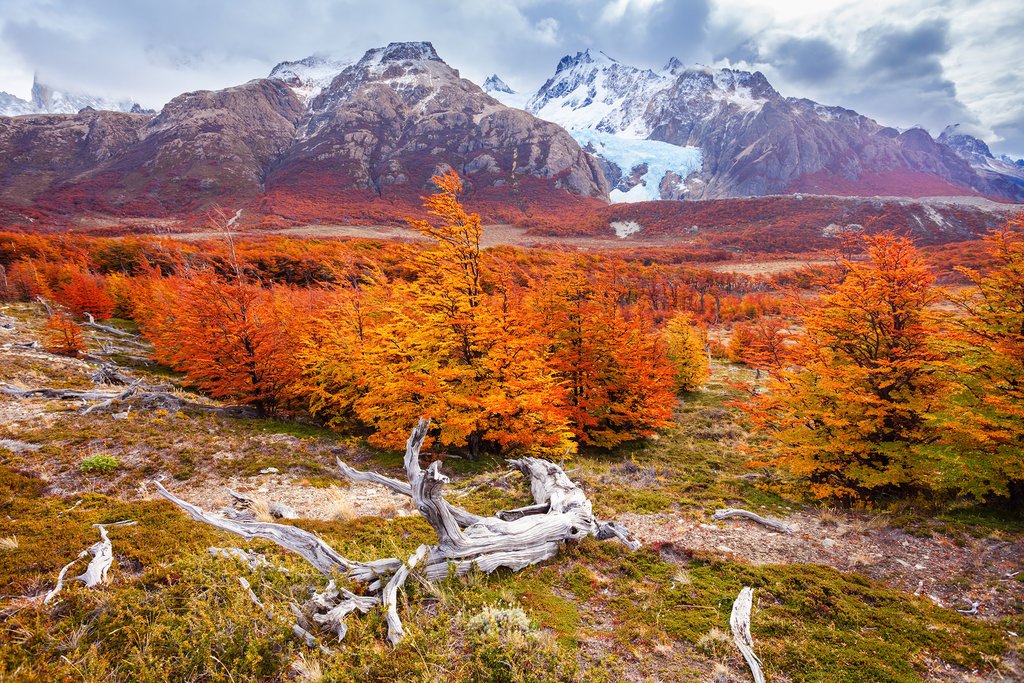
March serves as a transitional period in Chile, gradually shifting from the bustling summertime atmosphere to a more serene ambiance. As the month progresses, the summertime crowds begin to thin out, creating a more relaxed and intimate experience for visitors. March remains an excellent month for embarking on invigorating hiking adventures, with typically dry skies gracing both Patagonia and the Andes mountains. The clear weather conditions enhance the scenic beauty of these regions, providing an ideal backdrop for exploration.
During the fall season, you can also seize the opportunity to immerse yourself in the vibrant atmosphere of the big harvest festivals that take place in Chilean wine country. These celebrations, known as Fiestas de la Vendimia (grape harvest festivals), offer a delightful blend of cultural experiences and culinary delights. One of the most highly regarded Fiestas de la Vendimia is held in Santa Cruz, located in the heart of the Central Valley. Here, you can witness captivating folk dancing performances, browse through an array of food and craft stands showcasing local products, and indulge in the free-flowing wines that the region is famous for. The festivities provide a perfect glimpse into Chilean traditions and the country’s thriving wine industry.
Winter in Chile (June to August): A Snowy Wonderland Awaits
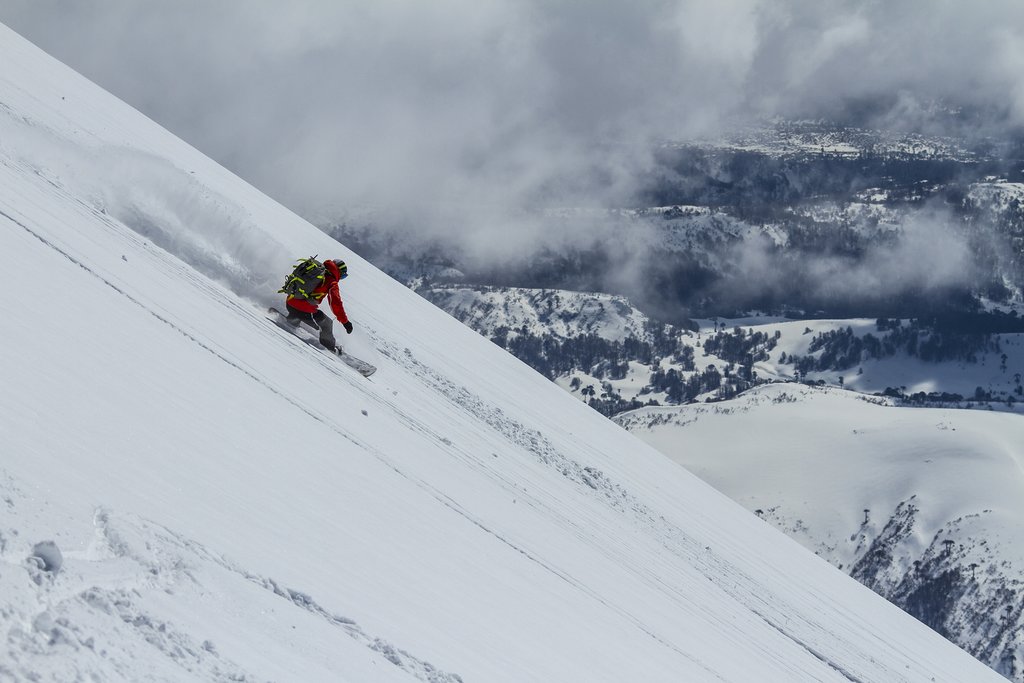
Chile’s coldest three months of the year bring frosty temperatures across the country, with average lows hovering around 38°F/3°C. While rain is rarely a significant concern in the northern regions of Chile, other parts of the country experience a slight increase in precipitation during this time. On average, Chile receives around three inches of rainfall per month from June to August. This increase in moisture can create a refreshing contrast to the arid conditions found in the north, contributing to the diverse climate patterns of the country.
Central Chile experiences slightly wetter conditions during the winter months, characterized by a climate that resembles the Mediterranean region. This means that Central Chile enjoys hot, dry summers and mild, rainy winters. The winter rains provide a welcome source of moisture for the region’s vegetation and contribute to the overall beauty of the landscape. In some places within Chile, the arrival of winter rains serves as a cause for celebration. The Festival de la Lluvia (Rain Festival) in Puerto Varas, situated in the picturesque Lakes District, is a prime example. This lively festival features an array of concerts, captivating street performances, and umbrella-themed parades, creating a festive atmosphere that embraces the unique characteristics of the season.
The southern regions of Chile experience particularly cold and wet conditions during the winter months. Transport services in Patagonia are often reduced to a minimum during this time, making travel more challenging. However, intrepid travelers need not completely dismiss the possibility of exploring the deep south during winter. Far-flung destinations such as Ushuaia, located in Argentina but easily accessible from southern Chile, offer a variety of winter activities, including skiing, snowboarding, and even the exhilarating experience of dogsledding. For those who embrace the challenges of winter travel, the reward is an unforgettable adventure in a pristine, snow-covered landscape.
Spring in Chile (September to November): A Season of Renewal and Festivities
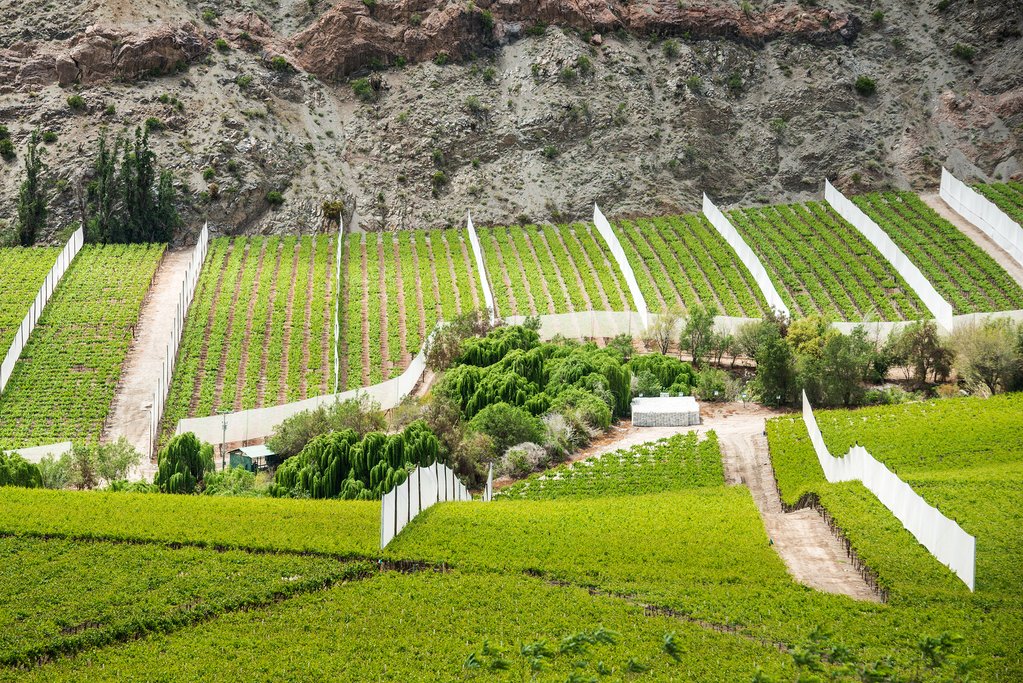
Spring is an undeniably lovely time to embark on a visit to Chile. As the season unfolds, the central and northern parts of the country burst into a vibrant display of wildflowers. These colorful blooms carpet the landscapes, creating a breathtaking spectacle for nature enthusiasts. Some travelers even meticulously plan their trips to the Atacama desert specifically to witness these extraordinary desert blooms, which are a rare and unforgettable sight. While spring arrives early in the central and northern regions, it makes its grand entrance in the south during November. This late arrival makes November a prime month to avoid the larger crowds and take advantage of lower prices at beach resorts and in Patagonia.
Even though spring is considered the low season in Chile, the country is far from dormant during these months. It pulsates with life and festivity. The Fiestas Patrias (Chilean Independence Day celebrations) are joyously celebrated throughout the week surrounding September 18. This national holiday is marked by parades, traditional music and dance, delicious food, and a strong sense of national pride. In the following month, you can tap into Chile’s rich German heritage by attending the big Oktoberfests held in Malloco, located just outside of Santiago, as well as in Valdivia and Puerto Varas. These lively celebrations feature traditional German music, beer, food, and cultural displays, offering a unique glimpse into the influence of German immigrants on Chilean culture.
B-306

